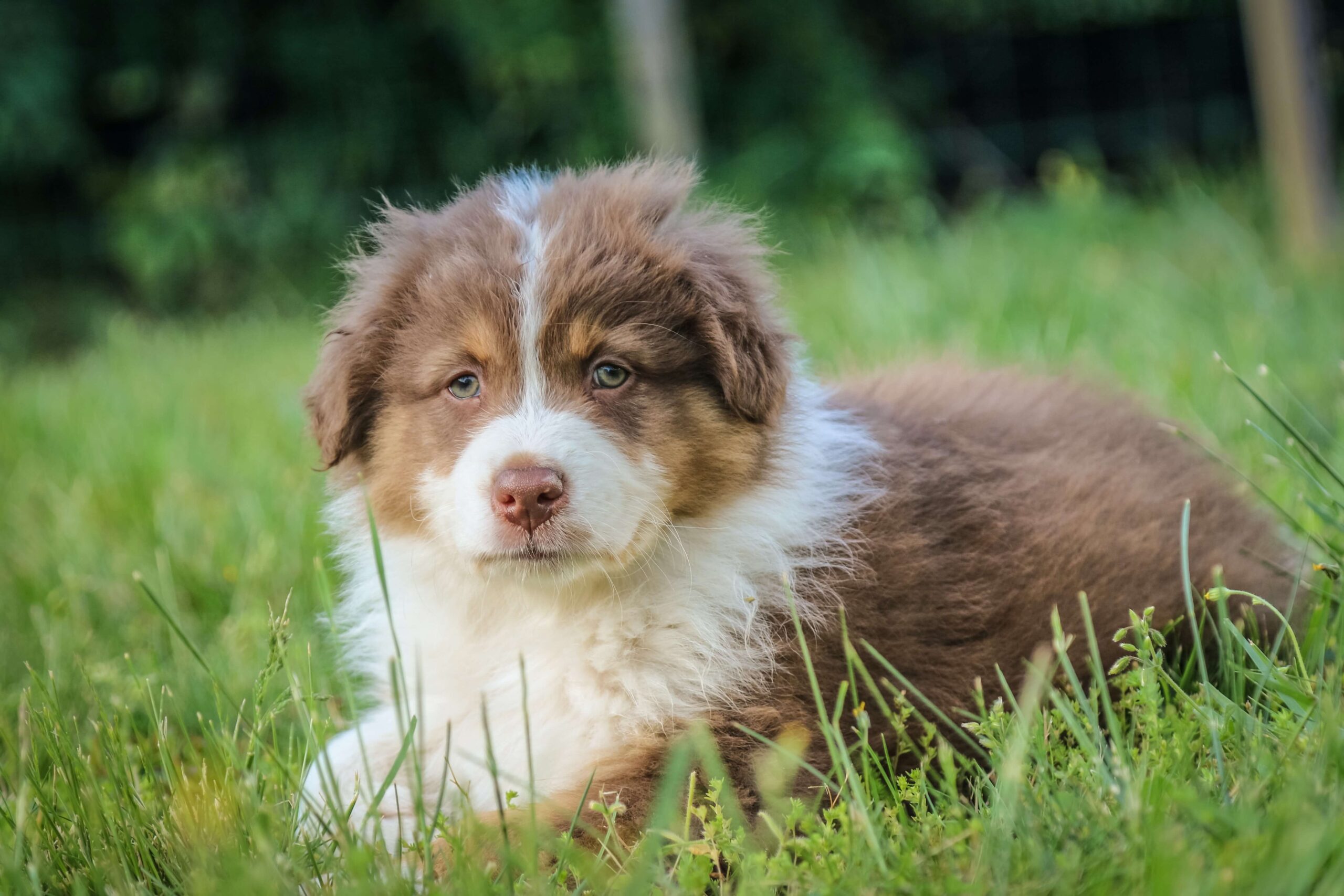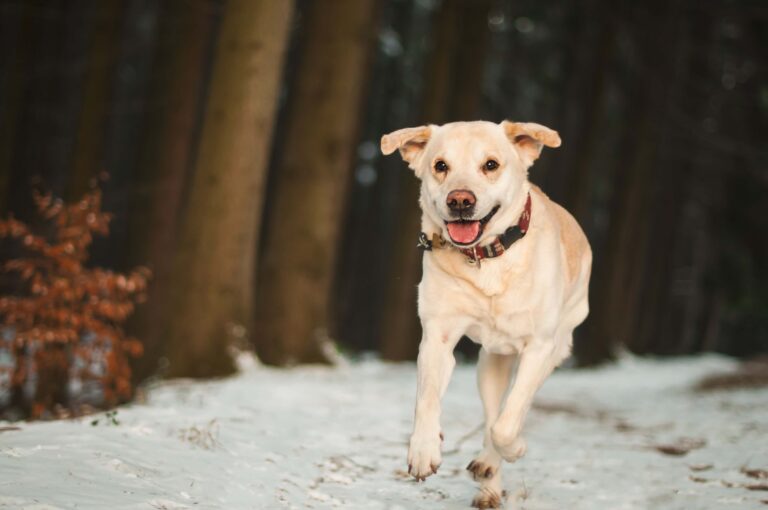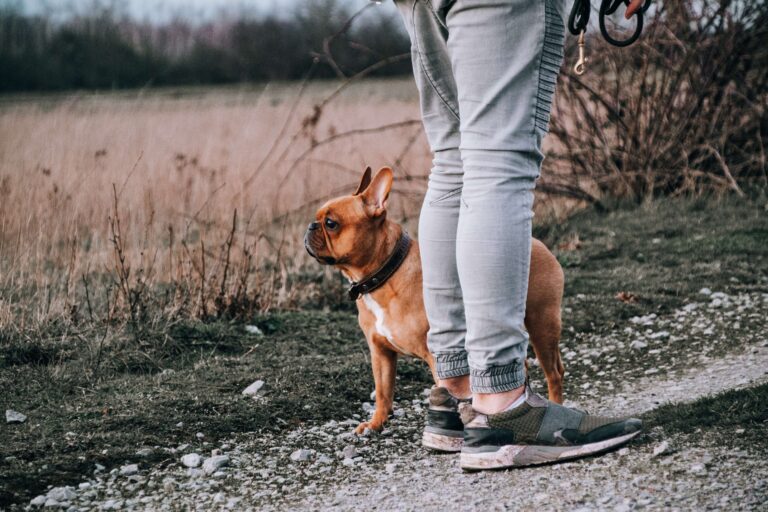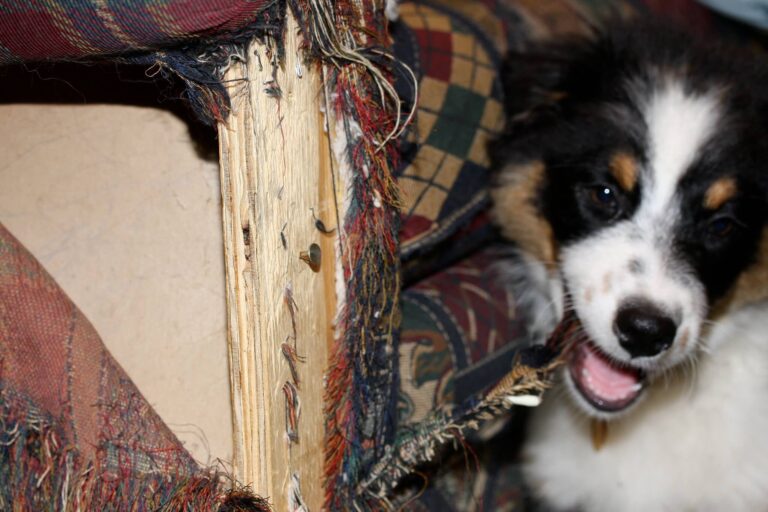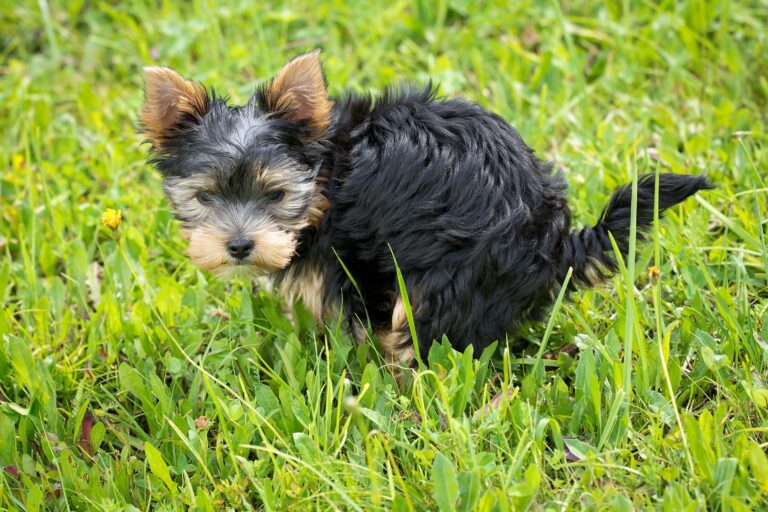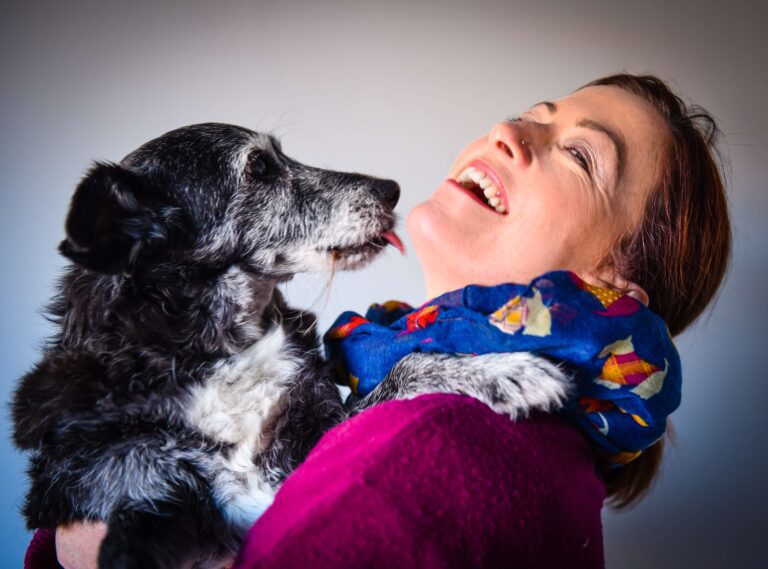How to Potty Train a Puppy in 7 Steps
Learning how to potty train a puppy is one of the biggest challenges for a pet parent. Let’s face it: No one enjoys seeing soiled flooring and rugs or cleaning up a stinky mess after a hard day at work when you only want to cuddle up with your ball of fur.
This is why it is important to establish a potty or house training routine for your pet as soon as you welcome it into its new abode. How to do it? Let’s find out in the guide below!
Potty Training Basics
House training your puppy is all about consistency, patience, and positive behavior. Experts recommend starting the potty training session for your pet as early as 12 weeks. Ideally, most puppies learn to relieve themselves outside within 4 – 6 months. However, if you have a stubborn puppy or your routine lacks regularity, you can expect your pup to take about a year to establish a potty training routine fully.

Size can also be a predictor. Small puppies have a small bladder and may require frequent trips outside, while older dogs have better stamina. Their previous living conditions can also become obstacles in the training regime, and your pup might need to break old habits before establishing new ones.
It’s also important to be patient with your puppy and use positive reinforcement. Yes, there will be setbacks and plenty of accidents as you embark on your potty training journey – but don’t be flustered and continue with the training program to enjoy a happy, comfortable life in the following years.
Steps to Potty Training
Here are some steps you can follow to ensure your puppy housetrains effectively.
Schedule, Schedule, Schedule
Like babies, puppies do wonders when you give them a set routine. The same applies to potty training. When training your canine, follow the same schedule every day. For example, the best time for a first trip to the bathroom is as soon as the pet wakes up. Instead of allowing it to cuddle, take your puppy outside or to its designated ‘pee’ area and wait for it to relieve itself.
After the first trip, take him outside every 30 minutes to an hour to prevent any occurrence of accidents. Make sure to bring your puppy for a bathroom trip after meals and the last thing in the night – before they are left alone.
Generally, a puppy can hold its pee for one hour for every month of its age. So, for instance, if your puppy is two months old, you can expect it to control its bladder for two hours. But regardless of age, don’t go for longer breaks than 2 – 3 hours during the training session, or you are likely to have accidents.
Find a Potty Area
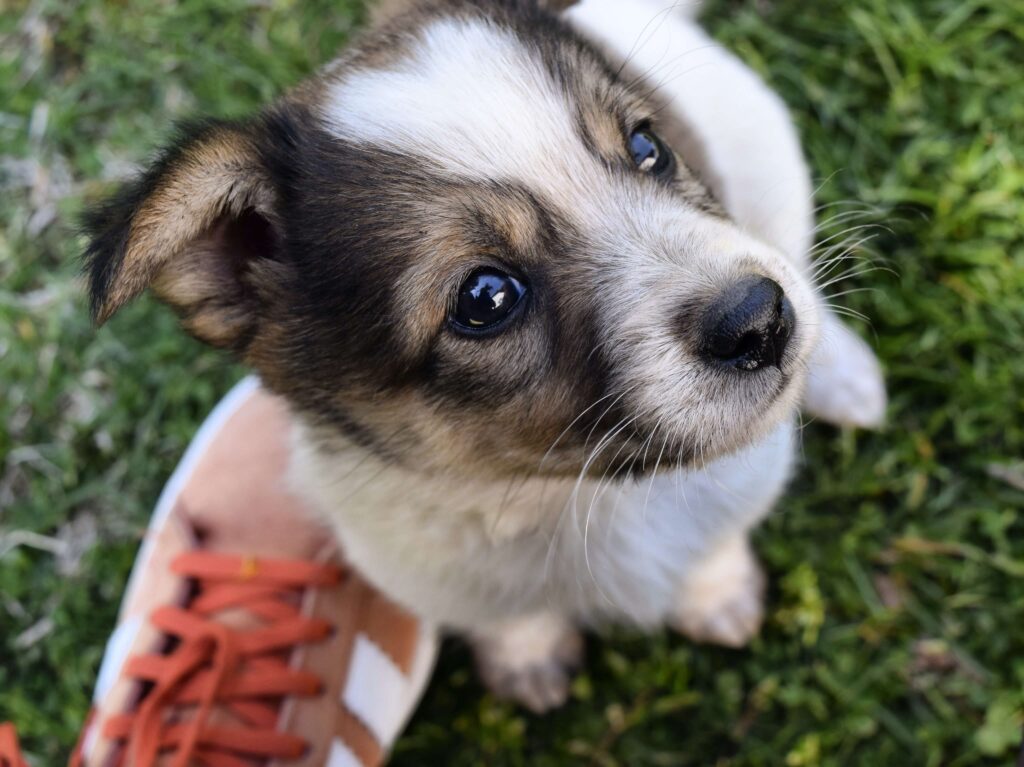
Pick a designated ‘potty area’ for your pet to relieve themselves every time. Make sure to pick a spot not visited by other dogs, especially since your pet must not have completed its set of vaccines. The area should be near the home and easy to clean up.
After some days, your puppy will start remembering the urine smell and associate the ‘potty zone’ as his bathroom area.
Set a Cue Word
Every time you take your puppy outside, use a cue word such as ‘Go Potty’ that is specifically associated with the bathroom. Use the command every time you take your pet outside for bathroom trips and repeat it a couple of times when he is relieving himself.
Don’t let your puppy sit outside or play when he is done with his business, or he will start associating the cue word with playtime. Instead, bring him back inside immediately once he is done.
Use the command only when you want them to go to avoid confusion as well.
Praise
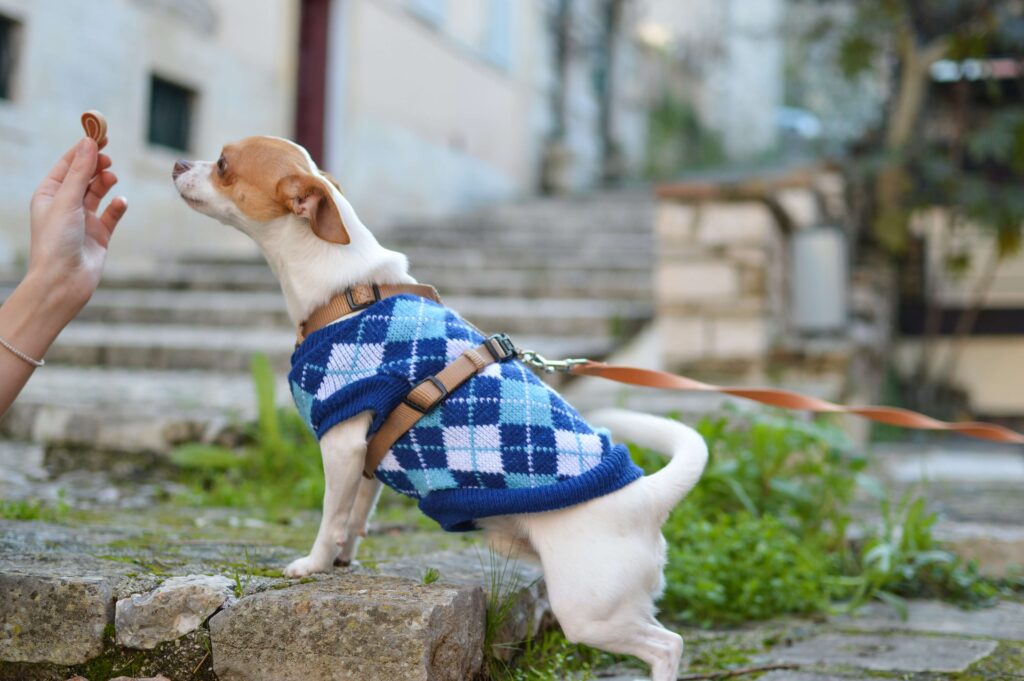
Praise your dog every time he successfully uses the bathroom. Use a cheerful voice to know his behavior is pleasing and acceptable. But avoid making a big deal out of it too.
You can also give him a special treat associated with bathroom trips. However, don’t go overboard with treats, as many treats can spoil the appetite and make your pet less hungry at meal times. It can also make your dog unhealthy and prone to being overweight.
Look for Signs
Apart from the scheduled time, keep an eye out for behaviors that indicate your pet’s urge to relieve himself. For example, some puppies start looking uncomfortable when their bladder becomes full. Others may bark and scratch at the door or sniffle around in circles to show their needs.
Immediately take your dog outside to its bathroom spot when you see these signs. If they eliminate, praise and give them treats to reinforce good behavior.
Maintain a Feeding Pattern
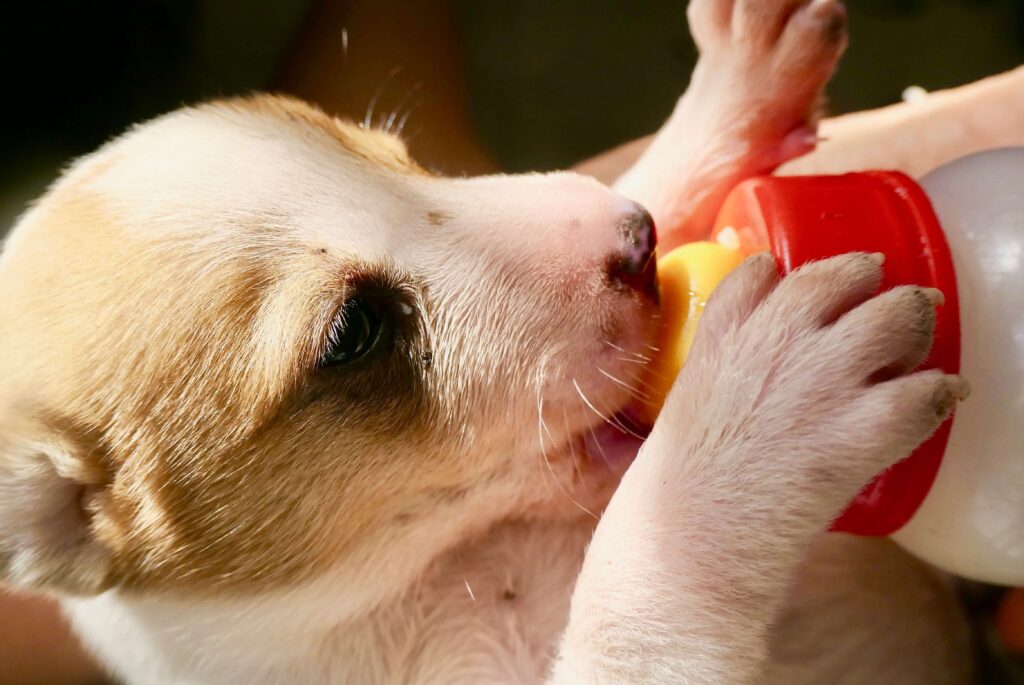
A regular feeding schedule will also help with the potty training schedule. As a rule of thumb, most puppies relieve themselves after every meal. This is why it’s best to keep feeding limited to 3 -4 times a day (Helpful article: Why is my dog always hungry).
Pick up your pet’s water dish 2 hours before bedtime too. Puppies generally sleep around 6-7 hours straight without going to the bathroom. And picking up the water dish will further reduce the likelihood of going up to ‘go’ during the night.
Clean up Accidents
Just like any other training session, accidents will happen. However, when it does, make sure to clean up thoroughly with an enzymatic cleaner to get rid of the urine odor. Otherwise, your dog will mark the area as its ‘own’ and want to go there again and again.
In case of an accident, avoid scolding the puppy. If you catch him in the act, interrupt loudly and say ‘no’ or clap to distract him (be careful not to scare, though). Take him outside immediately and let him finish reliving themselves. Praise if successful, but don’t scold as well!
How to potty train a puppy indoors?
If you don’t have a yard, you must learn how to potty train a puppy on pads or do crate training. Follow the same steps as above for indoor training. But instead of a place outside, designate an indoor area as your pet’s bathroom – such as the laundry or bathroom. Ideally, the place should be easy to clean in case of accidents.
Cover the area with pee pads and take your pet to the bathroom every hour or so, according to your schedule. Change the pee pads daily but leave a soiled piece on top of the clean ones to attract the puppy. The smell of urine will remind the dog that this is his business place, and he will gradually come to the same area whenever he has the urge to relieve himself.
Crate Training the Puppy
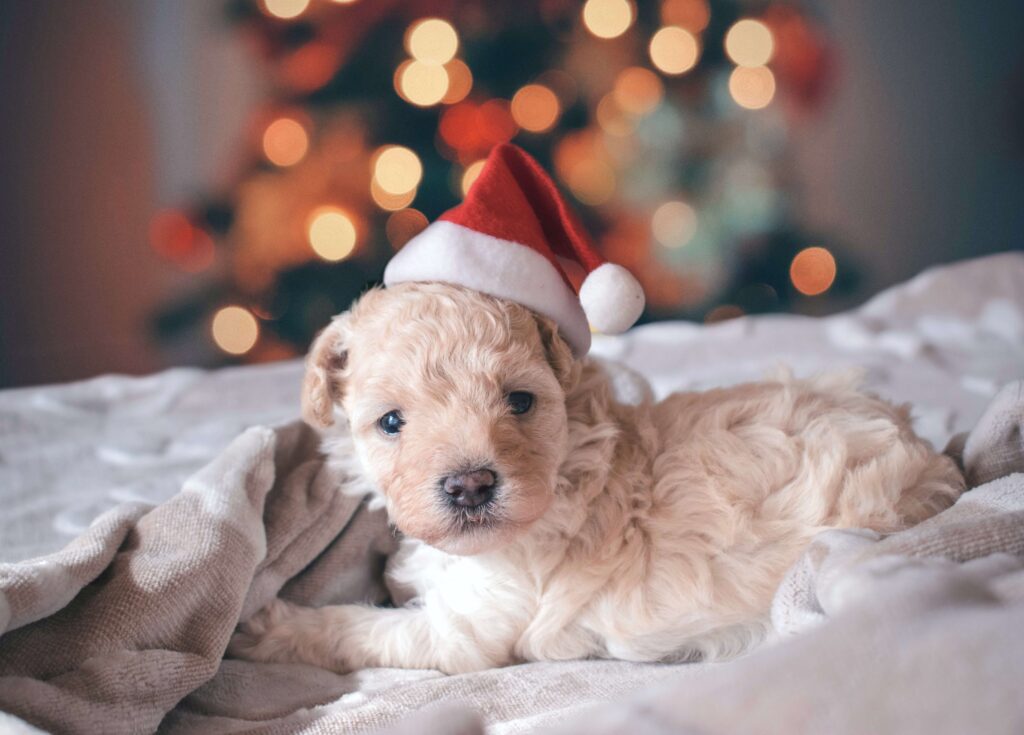
Use a crate when you go out and cannot watch the puppy during the training period. Otherwise, be prepared to come home to an uncleansed home. However, use the crate for at most 5 hours a day. If you plan to stay out longer than that, ask a neighbor or a pet sitter to continue with the bathroom training to prevent your pet from going off the course.
The crate should be enough size for your dog to stand, turn, and lie down. If the crate is too big, the dog may use one part for the bathroom and one for sleeping. Instead, keep him there for 3-4 hours straight and only take him out when he exhibits signs of a full bladder.
Consistency is the Key to Successful Housetraining
Potty training a puppy takes time, patience, and commitment. Accidents will happen, but remain focused on your goals and follow the above steps to housetrain your dog successfully.
Good luck, and let us know how it works for you!
You may also like
How to Get Your Dog to Use the Bathroom Outside
5 Foods to NEVER Feed Your Dog

